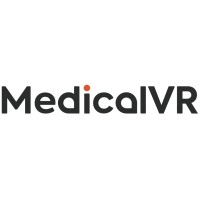Precision Tumor Resection with Deformable and Targeted Photoacoustic Imaging
In a collaboration between the public and private sectors between Erasmus MC, Radboudumc, MedicalVR, and Cyberdyne, our project aims to revolutionize the treatment of head and neck cancer. By developing a cutting-edge technique using photoacoustic imaging, we seek to enhance surgical precision and improve patient outcomes. This innovative approach, supported by tumor-targeting dyes, promises to provide surgeons with accurate maps of tumor edges, leading to more successful surgeries.
Head and neck cancer is a significant health issue, affecting around 377,000 people globally each year. In the Netherlands alone, 1,039 new cases and over 218 deaths were recorded in 2022. The disease has a low survival rate, with an average of 55% after five years and a mere 6% for stage IV. Current treatments often fail due to the difficulty in precisely identifying tumor boundaries during surgery, necessitating further interventions. These challenges underscore the urgent need to improve oral surgeries.
Our project addresses this clinical problem through photoacoustic imaging, which uses light pulses to generate sound waves, detailing tissue features. This technique, enhanced by special dyes that bind to cancer cells, aims to provide surgeons with real-time, accurate maps of tumor boundaries. This approach can lead to "First Time Right" surgeries, minimizing the need for additional treatments and significantly improving patient care and quality of life.
The project comprises four key components: developing methods for photoacoustic imaging to delineate tumor boundaries, creating image registration techniques to correct tissue deformation, designing a compact probe for in vivo imaging, and testing the technology's effectiveness in patients. By the end of the project, we aim to deliver a validated technology that enhances surgical outcomes.



